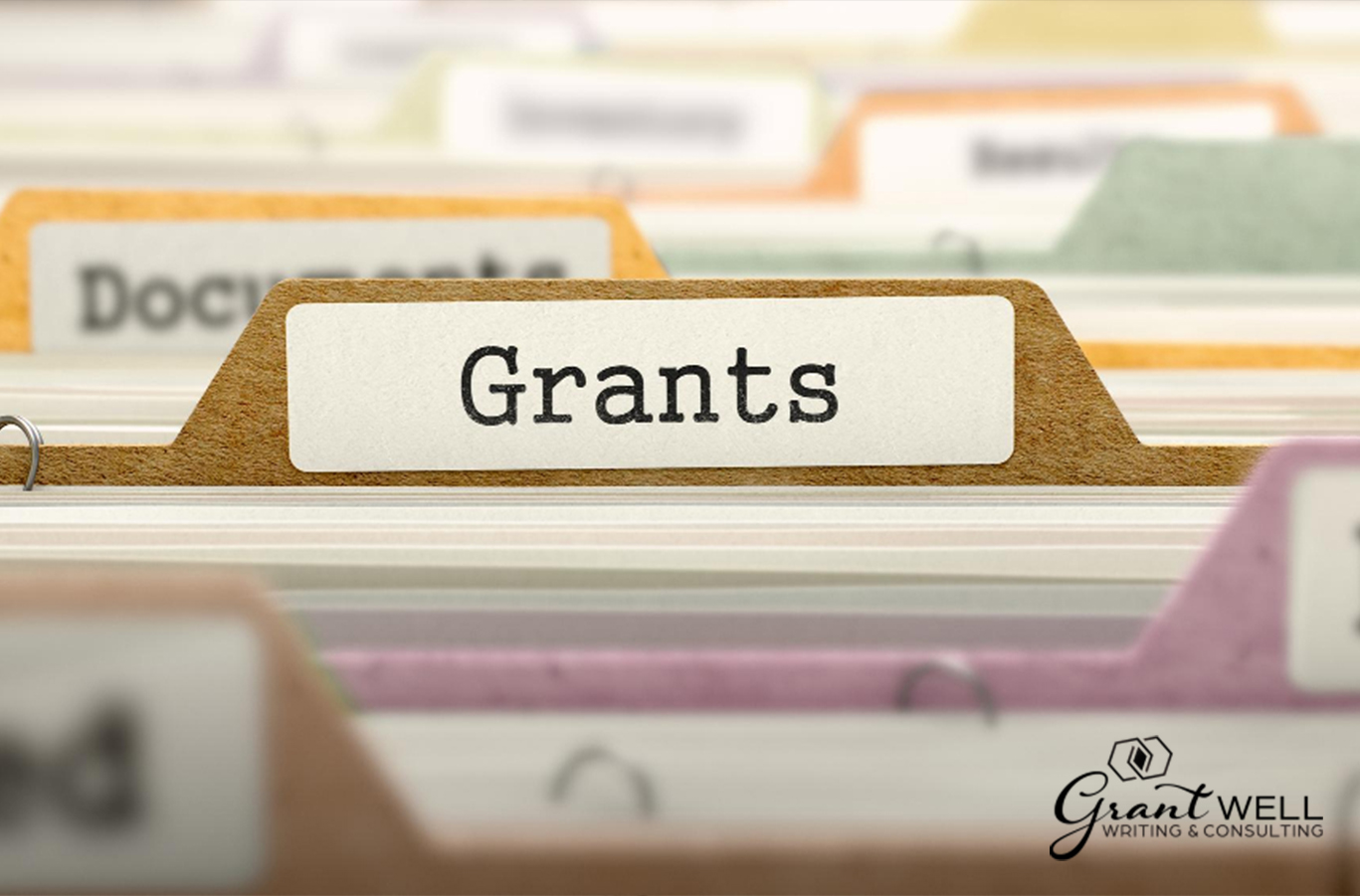The following are Grant Well expert’s top 5 grant writing suggestions for charities, as the title of this blog post suggests. Grant writing for nonprofits is distinct and requires special attention. You become an Executive Director, Development Director, Grant Writer, Event Manager, or Donor Relations Coordinator because you care deeply about your company. You do this work because you enjoy assisting others. You’re aware that there is a need in your community, and you’ve agreed to help fill it because you’re a little sick and twisted, sorry, I mean, abundantly giving and kind.
We understand. You’re running out of time. Your every decision is sometimes scrutinized by the Board, and you’ve just gotten off the phone with a donor who received a Memorial Letter with their name on it instead of the name of the person who died. It’s just another day in the life, right? Another typo, another fire to put out.
You’re making the best of your limited resources. We believe in you and are rooting for you. Learn Grant Writing is here to assist you most efficiently and successfully possible. That is why, nonprofit professional, this piece is devoted to you.
1 Recognize what grants are
A grant is a monetary contribution given to an entity in order for the entity to achieve a certain objective or purpose. This money is often provided by two groups of funders:
the federal government (city, state, and federal).
Building Blocks (community and private).
We know what grants are, but we want to make sure you have a realistic understanding of what grants can (and cannot) do for your organization.
Grant financing can be an excellent source of strategic finance, but it will not be enough to lift your organization out of debt.
Winning grants, in other words, should be the frosting on the cake, not the dessert itself. Grant financing should, ideally, complement your ongoing development activities.
2 Recognize where to look for grant money
If you give an executive director a new revenue stream concept, they’ll want to know how they can tap into it. (It’s simply that we’re so familiar with you!) The difficulty is, where do you look for grants?
Consider your network. It’s a simple thing to accomplish. Who is your banking, utility company, insurance company, and so on? Is there a funding program in place or a foundation? Contact us to learn more about the application procedure. Find out what they’re looking for in terms of funding.
3 Establish a rapport with the funder
Relationship development is critical to the success of many charitable organizations. It’s no different when it comes to obtaining grant financing. They work with donors all year, before, during, and after applying for grant financing with that particular agency.
This is both a benefit and a curse because building relationships takes time and effort, but these connections may be quite beneficial. Simply said, do what you do best: look after your contributors as if they were your beneficiaries. Get to know them, invite them to join you in your cause, hear about their funding goals, and participate in their activities in the community.
In the same vein, follow up and express gratitude. Don’t just walk away with their money. Maintain a high level of accuracy in your reporting and evaluation measurements. Maintain contact with the funder throughout the fundraising process. Demonstrate your gratitude and acknowledge their generosity in the manner in which they like to be acknowledged: in a news release, anonymously, on a sign on the door, etc.
4 Determine which grants to pursue
Building relationships and researching the funder go hand in hand. As you narrow down your list of potential funders, be careful to inquire about who and what they have previously financed, as well as how much they have given. This will help you make a more informed request when you submit your application. The information on a funder’s 990-form might also reveal a lot about their background.
It takes all of our willpower not to follow this advice! This, in our opinion, is the MOST IMPORTANT step you can do to ensure you’re focusing on the correct grants, to begin with. Grant Writing Unicorn Collective has a whole module dedicated to it.
5 Collaborate with other charitable organizations
This may appear frightening but bear with us. You are not competing with other nonprofits. We’re all in this together, striving to make our neighborhood and the globe a better place. Work to develop an abundance attitude (there is enough money for everyone) rather than a scarcity mindset (there isn’t enough money).
The funder sees that you’re willing to work cooperatively by cooperating with other organizations on a specific project (and isn’t that the definition of life at a nonprofit—collaboration?). Furthermore, the funder has the option of supporting and donating to many organizations in one project. It’s difficult to say no to a well-thought-out, collaborative, and innovative project that benefits several groups.
Furthermore, collaborating with another organization allows you to expand your reach not only in terms of service delivery but also in terms of engaging with potential contributors. This is just another approach to bring attention to your organization’s excellent work.




